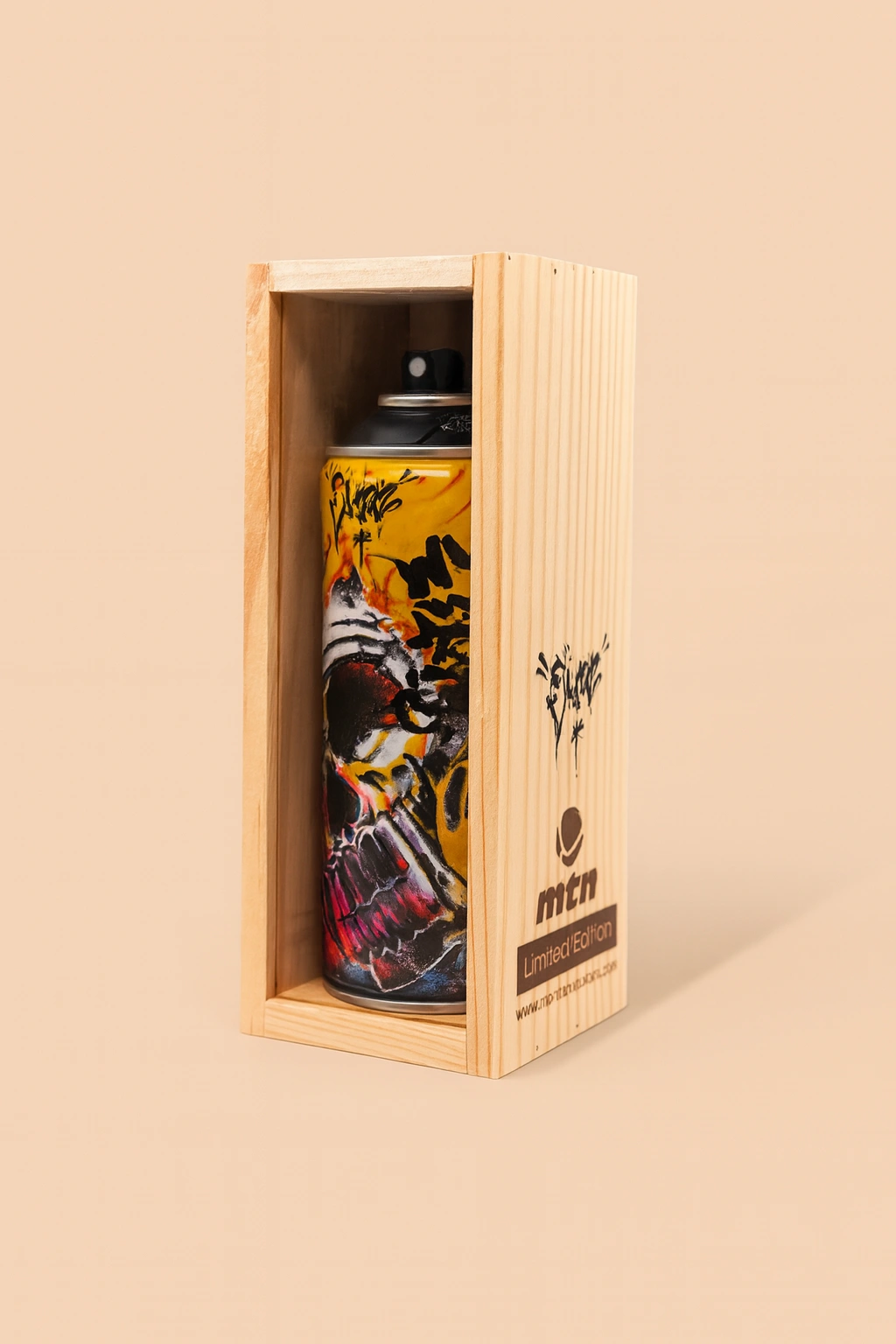The House That Time Left Behind
In the folds of the Rocky Mountains, nestled amid thin air and silver veins of forgotten hope, sits the skeleton of an American dream. Paul Strand’s American House, Ghost Town, Colorado, 1931 is more than a photograph—it is a eulogy in black and white. Captured during his journey through the abandoned mining town of St. Elmo, this image is both brutally stark and hauntingly lyrical. Through the labor-intensive process of hand-pulled dust-grain photogravure, Strand rendered this portrait of architectural ruin with breathtaking texture and tonal fidelity.
At first glance, it is a house. Timbered, dry, and desolate. But look again and it becomes a mirror—of empire, exhaustion, and the echoes of a family long moved on.
What follows is not merely an analysis of Strand’s image. It is a reckoning with impermanence, a tribute to the artist’s technical mastery, and a meditation on the haunted poetry of a ghost town.
The Image: Stillness That Speaks
Strand’s American House presents a frontal view of an abandoned wooden structure in St. Elmo, Colorado. Once a bustling silver mining outpost, the town was already fading into obscurity by the early 20th century. The house—perhaps once the residence of a miner or storekeeper—is shown in rigorous symmetry. Its windows stare out blankly, its door slightly ajar like a sentence left unfinished.
The house dominates the foreground, but the eye is pulled subtly toward the mountains in the distance and the heavens above. White clouds drift like slow exhalations, indifferent to the decay below.
There are no people in the frame, but their absence is deafening. Strand’s genius lies in what he chooses not to show. No ruins of personal belongings, no signs of violence—just the slow rot of wood, the horizontal stillness of collapse, and the majesty of mountains that will outlive every one of us.
The Medium: Hand-Pulled Dust-Grain Photogravure
Strand was not content with photography as a utilitarian tool. For him, it was a fine art—a mode of expression equal to painting or sculpture. The photogravure process he employed was both technically complex and artistically profound.
The dust-grain photogravure, in particular, involves exposing a photographic negative onto a light-sensitive gelatin tissue, which is then etched onto a copper plate and hand-pulled through a press. The process results in prints of exceptional richness, where the darkest blacks and subtlest greys coexist in harmony.
Strand’s use of this method for American House gives the image its tactile allure. One can almost feel the dry grain of the timber, the rough stone of the mountains, the thin wind that blows through empty corridors. The photogravure technique becomes the soul of the image—not just a reproduction, but a resurrection.
Ghost Towns and American Myth
To understand the depth of American House, one must first understand the myth of the American West. Ghost towns like St. Elmo are not just failed settlements—they are the carcasses of Manifest Destiny. Born from greed, survival, and idealism, these towns sprang up along mineral veins and collapsed as quickly as they flourished.
In 1931, America was in the depths of the Great Depression. The optimism of the previous decades had cracked, and what was left was disillusionment, dust, and drift. Strand, never apolitical, saw in these ruins the truth of American ambition: unsustainable, extractive, and heartbreakingly human.
His American House is not nostalgic. It is elegiac. It does not celebrate the rugged individualism of the frontier—it laments its cost.
Architectural Portraiture
Strand approached buildings the way others approached portraiture. In American House, the structure takes on anthropomorphic qualities. The dark, hollow windows become eyes. The warped door becomes a mouth hanging open. The entire façade leans into the viewer, not begging, but bearing witness.
This anthropomorphization is deliberate. Strand did not see buildings as inanimate. He believed they carried stories, scars, and silence. And unlike people, they didn’t flinch when remembered.
The symmetrical framing and neutral light give the house a kind of dignity. It is not mocked or romanticized. It simply is. Just as it was. Just as it remains.
Paul Strand’s Philosophy of the Real
Paul Strand was part of a photographic revolution that rejected pictorialism—the soft-focus, painterly aesthetic popular at the turn of the 20th century. Alongside Alfred Stieglitz and Edward Weston, Strand pursued “straight photography,” where composition, form, and fidelity to subject were paramount.
But American House reveals something deeper than straight documentation. While unembellished in content, it is rich in emotion. Strand’s realism is not cold. It is reverent.
He once said, “The material of the artist lies in the world about him, in the succession of moments as they pass from the eternal to the eternal.” That’s exactly what this image is—a moment suspended between ruin and reverence, captured in dust-grain and fixed for eternity.
The House as Symbol
The house is a powerful symbol in American art. It is a container for the domestic ideal, the manifestation of stability and progress. In Strand’s frame, the house is both literally and metaphorically broken.
Gone is the picket fence, the rocking chair, the chimera of comfort. What remains is the husk.
But there is no pity here. Only truth.
The photograph asks: What happens when the dreams are gone? What’s left when the mine runs dry? Who speaks for the house that once held laughter?
Through that lens, American House becomes not just a photograph, but an archive. A memory. A shrine.
Isolation as Narrative Device
Isolation pulses through this image. There are no roads. No signs of modernity. No humans. This isn’t just a deserted place—it’s a place abandoned by time.
Strand isolates the house in the center of the frame, compressing the background and allowing the sky to loom heavily above. There is no escape for the subject. It is exactly where it was meant to be, and yet, there’s the faint feeling that it does not belong.
This visual isolation reflects a psychological one: the experience of loss, of solitude, of watching history forget you.
A Timeless Warning
In an era increasingly obsessed with progress, American House offers a sobering message. Every innovation, every town, every monument is susceptible to obsolescence. Progress is not linear—it is circular, crumbling, rebuilding, forgetting, and remembering.
Strand’s house reminds us that civilization is fragile. That permanence is an illusion. That the wood we build with today will rot tomorrow.
And yet, there’s beauty in that. Because in the decay, there’s honesty. In the dust, there’s form.
Influence on Modern Photography
American House remains a benchmark in architectural photography and remains influential among contemporary photographers who document dereliction and history. Figures like Alec Soth, Sally Mann, and Hiroshi Sugimoto echo Strand’s blend of formality and emotion.
The resurgence of interest in analog techniques—especially photogravure and tintype—owes a debt to Strand’s commitment to process and printmaking.
In museums, American House is displayed not just as an image, but as an artifact of artistic rigor. It doesn’t just show a ghost town. It resurrects it.
Impression
Ninety-four years after Paul Strand exposed a sheet of film to the harsh Colorado light, American House remains a masterpiece—not for what it depicts, but for how it feels. It reminds us that photography is not about stopping time. It’s about revealing it.
Through dust-grain photogravure and the eyes of a humanist with a camera, a crumbling shack in a forgotten town becomes a stage for the universal. For memory. For longing. For mortality.
And long after the wood collapses and the mountains turn to silt, Strand’s print will remain. Hand-pulled. Soul-fed. True.
No comments yet.








